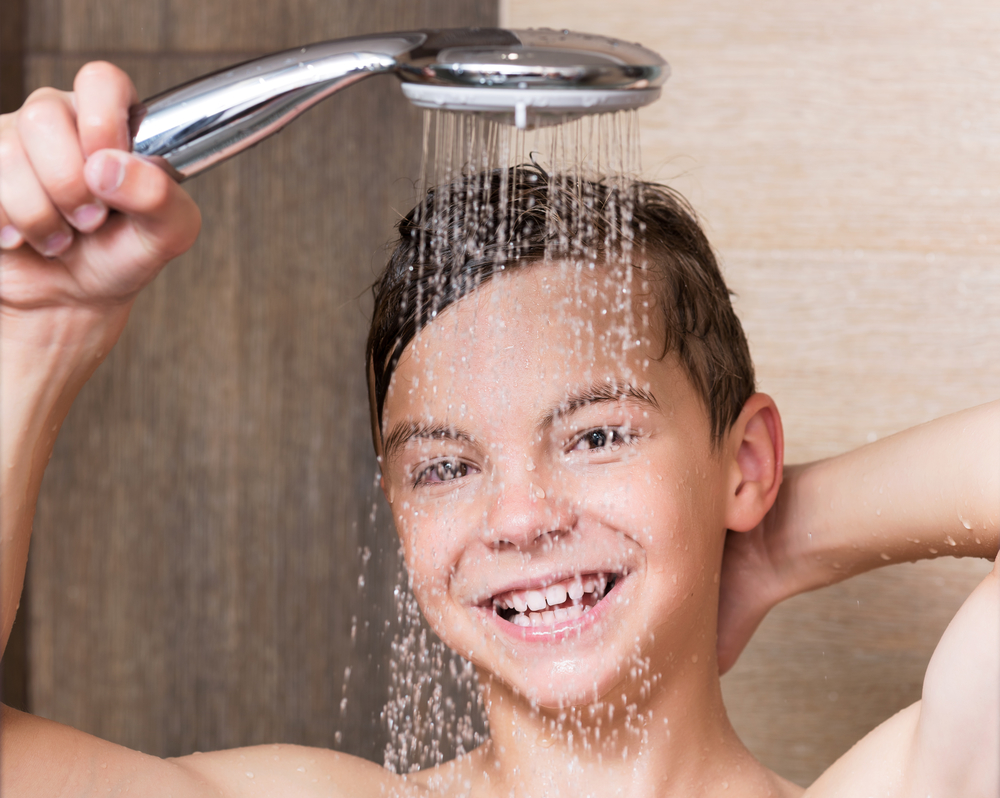Sometimes when we think of head lice we automatically think of poor hygiene. Are there really any connections between personal hygiene habits and the possibility of catching head lice? The truth just might surprise you.
Dirty Hair vs. Clean Hair
Kids at school have been known to laugh and tease someone who is caught with head lice. They might even call them dirty or gross. Science Daily recently released an article showing this false assumption is way off base. In reality, head lice are actually more predisposed to prefer shiny, clean hair when looking for a new human host. Anyone, including those who are adamant about hygiene, is at risk for catching lice. Lice do not fly, hop or jump and are transferred most often by direct head to head contact. Therefore, it is much more about who you come into close contact with than how often you wash your hair.
Proper Hygiene is Crucial in Eliminating Head Lice
With that being said, once someone is actually infected with head lice cleanliness becomes concern number one. The Centers for Disease Control and Prevention related to parents that head lice are not a result of poor hygiene, yet proper hygiene plays an important role in stopping the spreading of it. For example, if someone has caught head lice and is not quickly treated, the problem can escalate quickly. The more head lice they are carrying, the more likely it is to spread to those around them. Shampooing alone is not an adequate means for eliminating head lice. Nits and live lice must be killed and removed from the scalp.
Cleanliness in the Home is Just as Important
Those who live in the same household as others infected with head lice are the most at risk. Children between the ages of 3-11 pose the greatest risk for bringing head lice home. As parents interact with their children they are also at risk. This is definitely the most common way adults catch head lice, from their young children. Not only proper cleaning of the body but also of the home is important to stop head lice from spreading. Take care to thoroughly wash all bedding, towels, clothing, stuffed animals or school gear that your child has been in contact with. Place items in a hot dryer for 20 minutes if you are unable to wash them. Thoroughly vacuum all rooms and clean all couches and linens to eliminate lice and nits.
Teach Good Hygiene Habits to Kids
As often as we tell our kids to do something, it is far more advantageous to teach them through example. If hygiene is important to you, they are more likely to follow suit. With that said, it is not always that easy to know what you should do. The American Academy of Dermatology offers some guidelines and tips about hygiene for kids:
Children aged 6 – 11
- Twice a week at least to wash the hair and body, is recommended.
- Daily baths are not necessary, but ok if they would like to.
- Shower or bath after swimming, or in lake or ocean water.
- If they are outside and their skin is dirty or sweaty, as needed.
- Use fun bath time toys or water coloring changing tablets to make it more enjoyable.
- Get their favorite character soap bubbles or shampoos. Or buy them a fun, hooded towel they will enjoy using.
Children aged 12+
- At this age children can get pretty stinky. Showering or bathing daily is recommended.
- Usually, by sixth-grade kids start to feel self-conscious about being unclean and it gets a little easier to rely on them to shower daily. Except maybe for 11-12-year-old boys. They often require a little more persuasion.
- Buy them their own body washes and sweet smelling shampoos. Make sure they are using a good deodorant.
- Wash their faces daily to help fight acne.
- Always rinse off in the shower after participating in sporting events.

